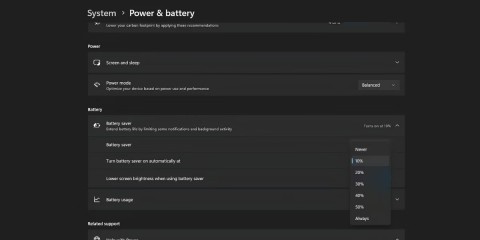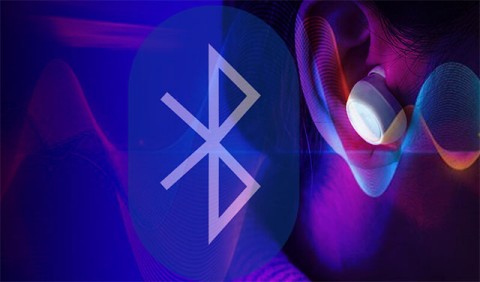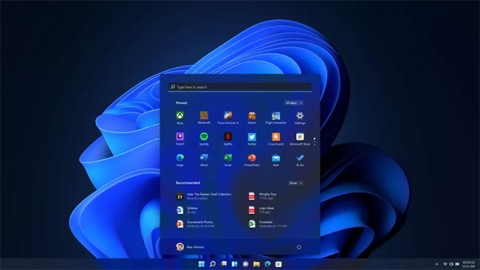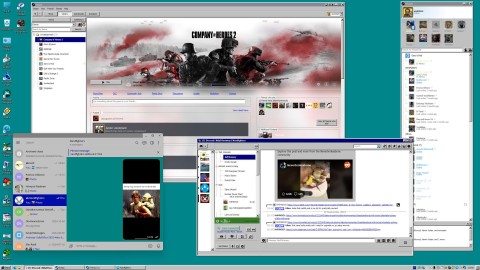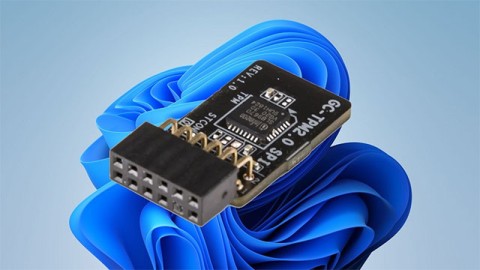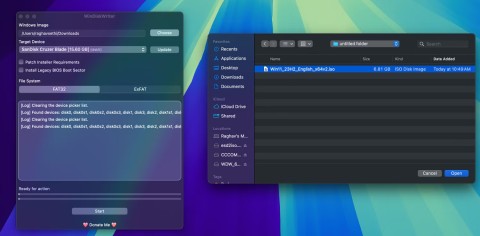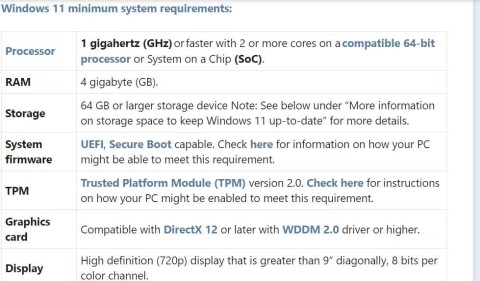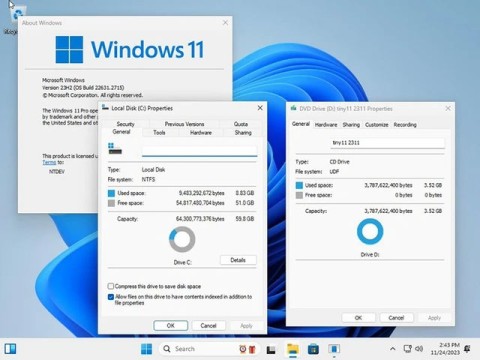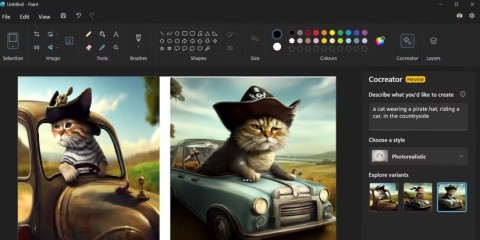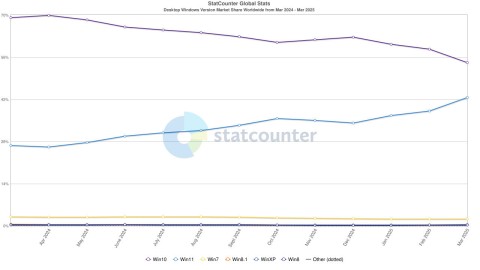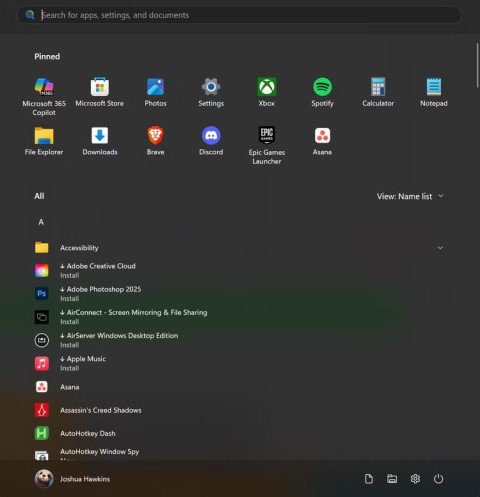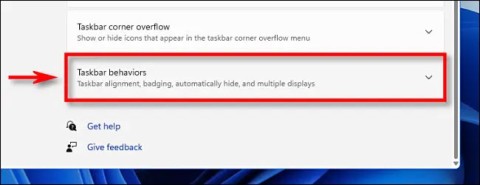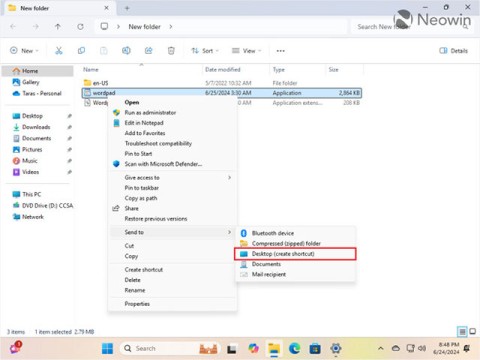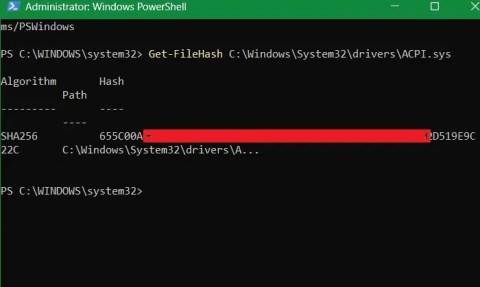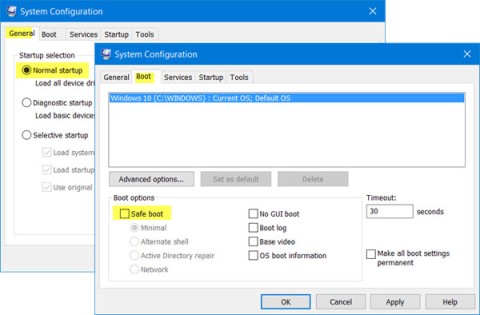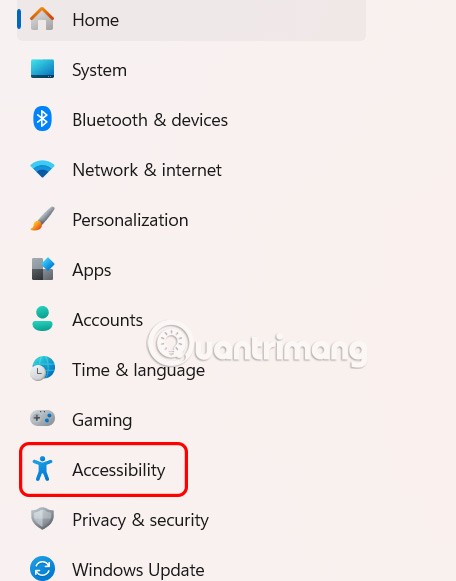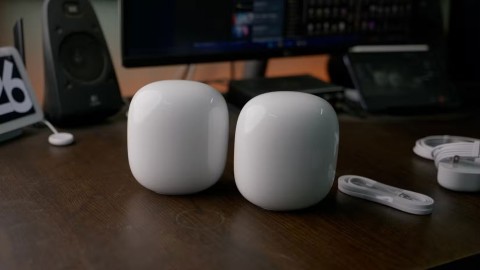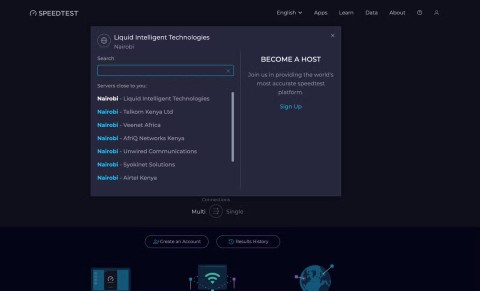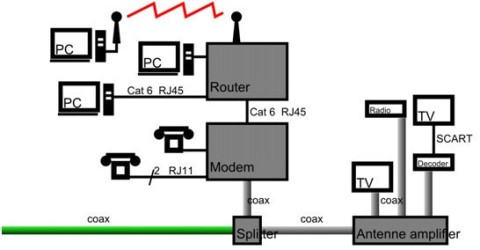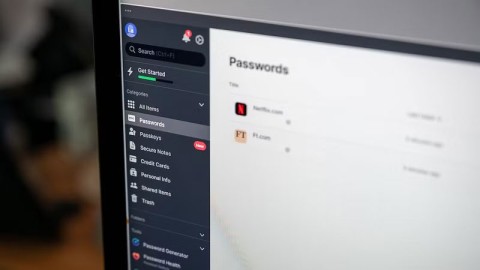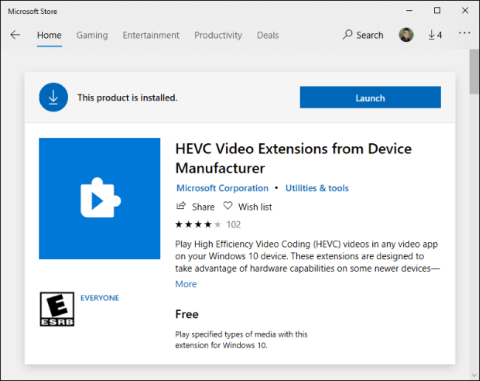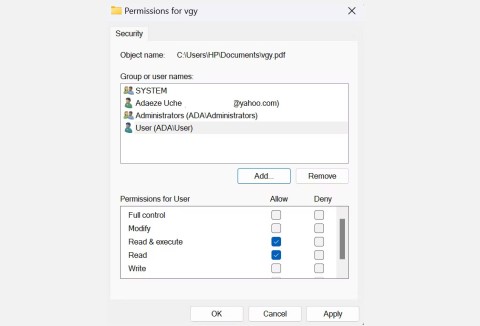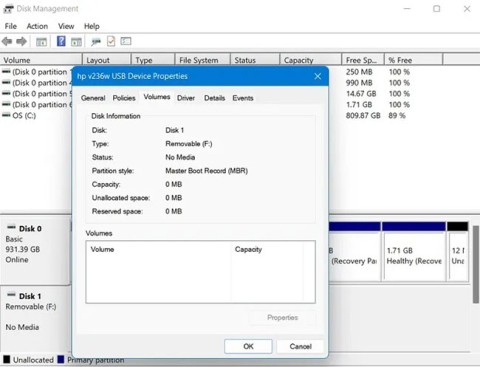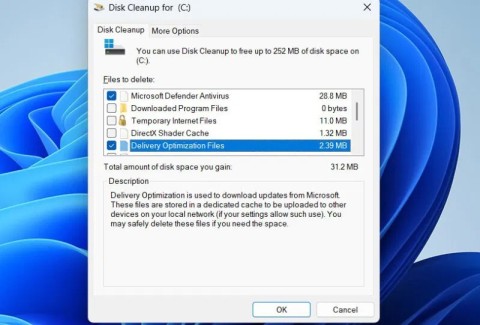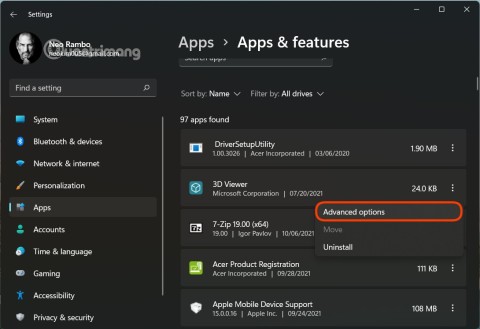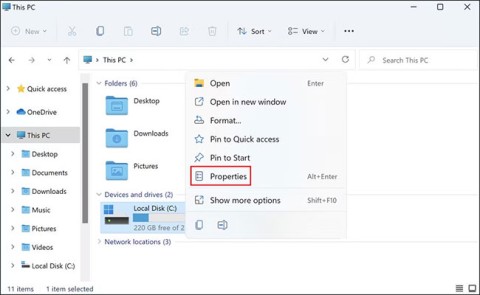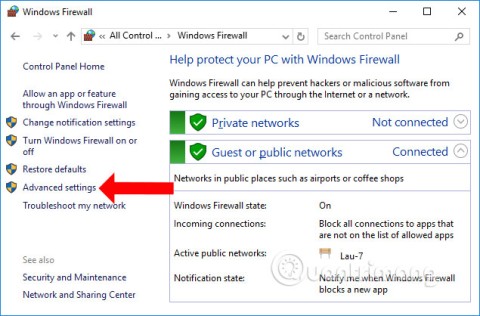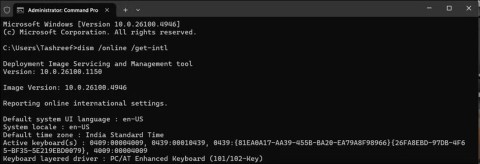How to remove Copilot and other AI features in Windows
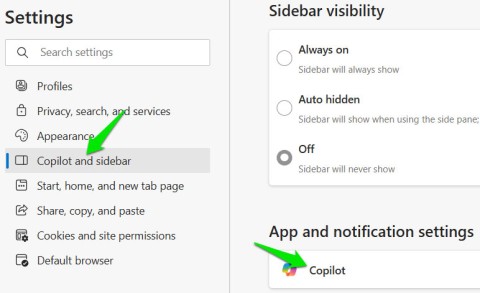
If you don't care about having extra bloatware on your system, there are ways to remove or disable Windows Copilot on Windows 11.
Windows 11 looks modern and attractive, so it's understandable if you're eager to try the new operating system. But before you get started, there are reasons why you might be better off sticking with Windows 10.
For starters, Windows 10 is well supported. Software and hardware compatibility issues are rare. On the other hand, there have been major compatibility issues with Windows 11.
Let's take a look at some more reasons why you should stick with Windows 10 for now instead of switching to Windows 11.
One of the biggest reasons not to upgrade to Windows 11 is that you simply can't do it. Windows 11's hardware requirements are a major hurdle for some users.
The biggest and toughest requirement is that the computer will need to have an 8th generation AMD or Zen 2 CPU with a TPM 2.0 chip . Furthermore, the CPU also needs to support Secure Boot.
While these CPU requirements are nothing special, the reality is that there are a surprisingly large number of computers that are still running hardware that is much older than what Microsoft requires for Windows 11. If you are one of these people, you have no choice but to buy a new PC to install Windows 11.
So if you don't want or can't afford to buy a new PC, you're forced to stick with Windows 10. But as you'll see later, using Windows 10 isn't as bad as you think.
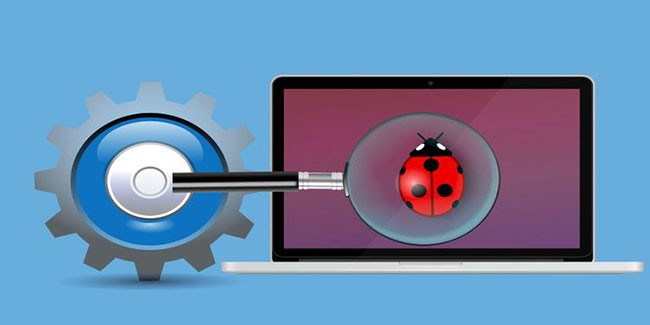
Windows 11 is less than a year old. Switching to the latest version of Windows so soon after its release is never a pleasant experience. When Windows 10 launched in 2015, for example, it was buggy. And while the operating system was eventually patched, the people who initially adopted it were essentially beta testers.
Windows 11 is new. It's missing features, has a lot of bugs, and there are new hardware and software compatibility issues that are being found and fixed all the time.
Therefore, if you want a smooth PC experience, it is better to wait for a while before switching to Windows 11.
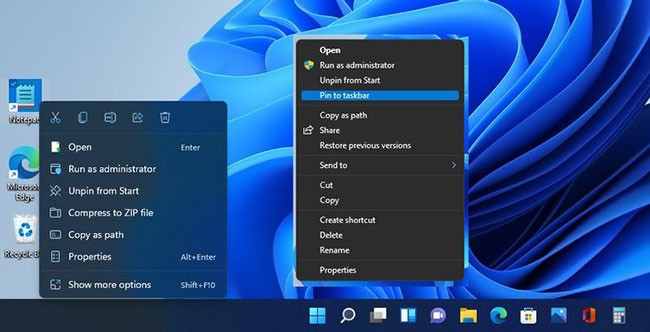
The Windows 10 taskbar isn't perfect, but it works pretty well. It's customizable and has a ton of features. Simply put, there's nothing to complain about.
When Microsoft introduced Windows 11's centralized taskbar, users expected a certain level of perfection from it. Unfortunately, the new taskbar leaves a lot to be desired.
First, the Windows 11 taskbar isn't as customizable as Windows 10's. For example, you can't make it taller or move it around the screen. Also, the new taskbar is permanently centered, and you can't left-align the taskbar without using a third-party app.
In short, if you love the Windows 10 taskbar, you probably won’t like the new one. So until Microsoft can come up with a fix, it’s best to stick with Windows 10 and its trusty taskbar.
4. It's easier to change settings on Windows 10 than Windows 11
Unfortunately, Windows 11 makes it more difficult to change basic settings. For example, in earlier builds of Windows 11, you couldn’t right-click the taskbar to access Task Manager, a feature that was heavily used in Windows 10. While later builds have brought this feature back to Windows 11, it makes you wonder why Microsoft chose to implement changes like this.
Another new annoyance in Windows 11 is choosing a default app for a specific file type. To do this, you need to set a default app for each individual image or video type. You can’t just choose a single app for all image or video types.
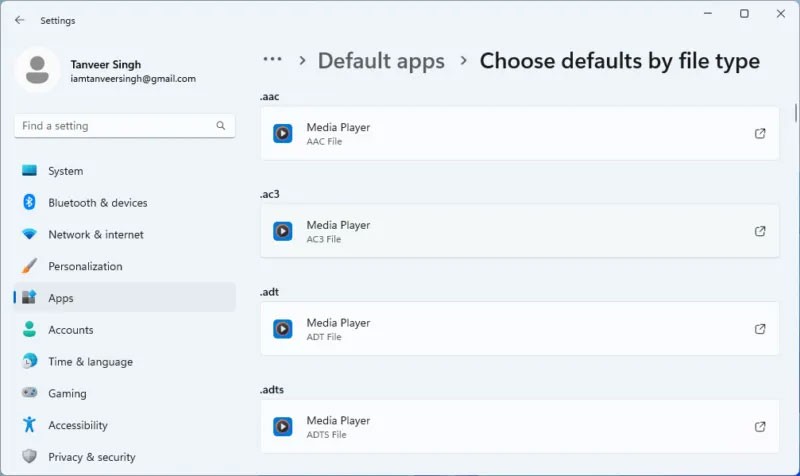
Windows 11 also brings a new built-in S Mode that comes equipped by default on some Windows 11 systems. While this new mode is intended to enhance Windows security by restricting the installation of third-party apps, prohibiting registry changes, and restricting Internet browsing to Microsoft Edge, it can severely limit performance and the overall experience.
Changing the behavior of familiar components of the Windows environment is significantly more difficult on Windows 11 than on Windows 10. This makes sense for Windows 10 users to hold off on upgrading until a Windows 11 update makes things easier.
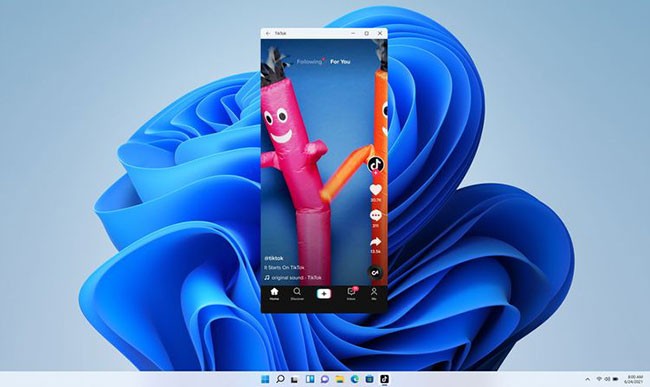
Technically, this isn't a reason to choose Windows 10, but a reason not to move to Windows 11 yet.
When Microsoft launched Windows 11, it boasted about Android apps running on Windows for the first time. Three months after its release, Android apps on Windows 11 are only available in preview builds.
Even if you become a Windows Insider and install the preview build, you'll only have a selection of less than 50 apps to choose from.
Windows 11 wasn’t supposed to be a new version of Windows. It was supposed to be a major update to Windows 10 and was called the Windows 10 Sun Valley Update. Microsoft just quickly renamed the Sun Valley update to Windows 11.
In other words, Windows 11 is a “new wine in a new bottle” version of Windows 10. There is incredible feature parity between the two operating systems. With the exception of a few features, anything you see on Windows 11, you can find its counterpart on Windows 10.
Until Microsoft delivers truly differentiating features on the new platform, like promised Android app support, there's little incentive to switch to Windows 11.
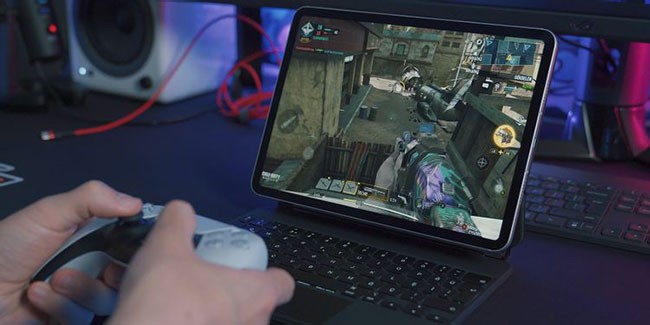
Microsoft is calling Windows 11 “the best Windows for gaming,” and it’s packed the operating system with a bunch of cool gaming-focused features to back that up. Some of Windows 11’s gaming features include AutoHDR, DirectStorage, and deeper Xbox app integration.
All of the above features are either already available in Windows 10 or are coming to Windows 10 in one form or another. For example, DirectStorage is coming to Windows 10 even though Microsoft has stated that it will be exclusive to Windows 11.
Similarly, Microsoft has also stated that AutoHDR is a Windows 11 exclusive feature. But AutoHDR is now included with Windows 10 Build 21337 in the Windows Insider program.
Next, although Windows 11 comes with the Xbox app, you can also get the same app on Windows 10.
Ultimately, when it comes to gaming performance, there’s really no difference in frame rates. In some exceptional cases, you might get a few extra frames per second on Windows 11, but that’s about it.
In short, if you were hoping for a visually perceptible better gaming experience on Windows 11, you'll likely be disappointed.
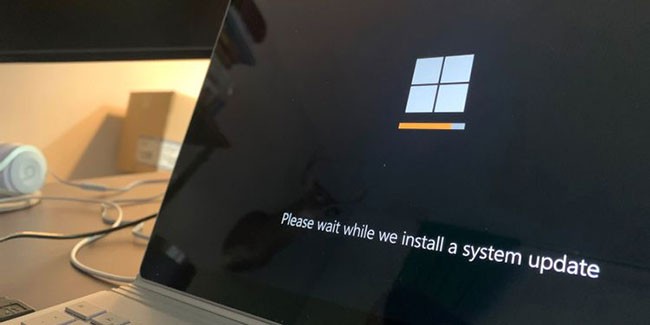
Just like it did with Windows 7 after the release of Windows 10, Microsoft will continue to support Windows 10 until 2025. This means that if you're running Windows 10, you'll continue to receive bug fixes, new features, and security patches.
So you don't have to worry about Microsoft ditching Windows 10 in favor of Windows 11, at least for the next few years.
Microsoft has made a lot of welcome improvements in Windows 11. The new operating system has a beautiful design, useful features like Snap Layouts , and is a free upgrade. However, as you've just seen, there are still plenty of reasons why people might want to stick with Windows 10. And most of those reasons are due to problems with Windows 11.
Let's hope Microsoft fixes these issues and makes moving to Windows 11 more worth considering.
If you don't care about having extra bloatware on your system, there are ways to remove or disable Windows Copilot on Windows 11.
Laptop batteries degrade over time and lose capacity, resulting in less battery life. But after tweaking some deeper Windows 11 settings, you should see a significant improvement in battery life.
The year 2023 saw Microsoft betting heavily on artificial intelligence and its partnership with OpenAI to make Copilot a reality.
Microsoft introduced Bluetooth LE (low energy) Audio support with Windows 11 22H2 KB5026446 (build 22621.1778), also known as Moment 3, in May 2023.
Windows 11 has officially launched, compared to Windows 10 Windows 11 also has many changes, from the interface to new features. Please follow the details in the article below.
There's always something incredibly cool about the nostalgic user interface of 90s versions of Windows.
More than three years ago, when Microsoft announced Windows 11, the operating system immediately caused a lot of controversy.
Creating a Windows 11 bootable USB on a Mac is definitely more difficult than on a Windows PC, but it's not impossible.
Windows 11 officially launched on October 5, 2021. Unlike previous major Windows 10 upgrades, Microsoft is not encouraging people to upgrade this time.
Developer NTDEV has created a stripped down version of Windows 11 that's just 100MB.
Microsoft debuted most of its more advanced AI features with the Snapdragon X-powered Copilot+ PC, leaving many Intel and AMD-powered Copilot+ PCs out of the picture.
The October 2024 report provides an overview of Windows 11's market share compared to other versions of Windows.
The latest change being tested solves one of the most annoying things with Windows 11's Start menu, and hopefully it will actually make it to release.
In Windows 11, the taskbar takes up only a small portion of the display space at the bottom of the screen.
Microsoft is killing off its free rich text editor WordPad at the end of 2023 in an effort to transition users to premium Office apps.
Error code 0xc0000098 in Windows causes a blue screen error on startup. The ACPI.sys driver is often to blame, especially on unsupported versions of Windows 11 like 23H2 or 22H2 or Windows 10.
In some cases, sometimes you start your computer in Safe Mode and the computer freezes. So how to fix the error in this case, please refer to the article below of WebTech360.
Snipping Tool is a powerful photo and video capture tool on Windows. However, this tool sometimes has some errors, such as constantly displaying on the screen.
Every network has a router to access the Internet, but not everyone knows how to make the router work better. In this article, we will introduce some router tips to help speed up the wireless connection in the network.
If the results seem slower than expected, don't be too quick to blame your ISP - mistakes when performing the test can skew your numbers.
In the article below, we will introduce and guide you to learn about the concept of QoS - Quality of Service on router devices.
Windows has a built-in Credential Manager, but it's not what you think it is—and certainly not a replacement for a password manager.
Microsoft charges for its official codecs and doesn't include them in Windows 10. However, you can get them for free without pulling out your credit card and spending $0.99.
While having trouble accessing files and folders can be frustrating, don't panic—with a few simple tweaks, you can regain access to your system.
After creating a USB boot to install Windows, users should check the USB boot's performance to see if it was created successfully or not.
Although Windows Storage Sense efficiently deletes temporary files, some types of data are permanent and continue to accumulate.
You can turn off Windows 11 background apps to optimize performance, save battery and reduce RAM consumption.
When a computer, mobile device, or printer tries to connect to a Microsoft Windows computer over a network, for example, the error message network path was not found — Error 0x80070035 may appear.
We can block Internet access for any application or software on the computer, while other programs can still access the network. The following article will guide readers on how to disable Internet access for software and applications on Windows.
Instead of paying $30 for a year of security updates, keep Windows 10 safe until 2030 with this simple solution.
